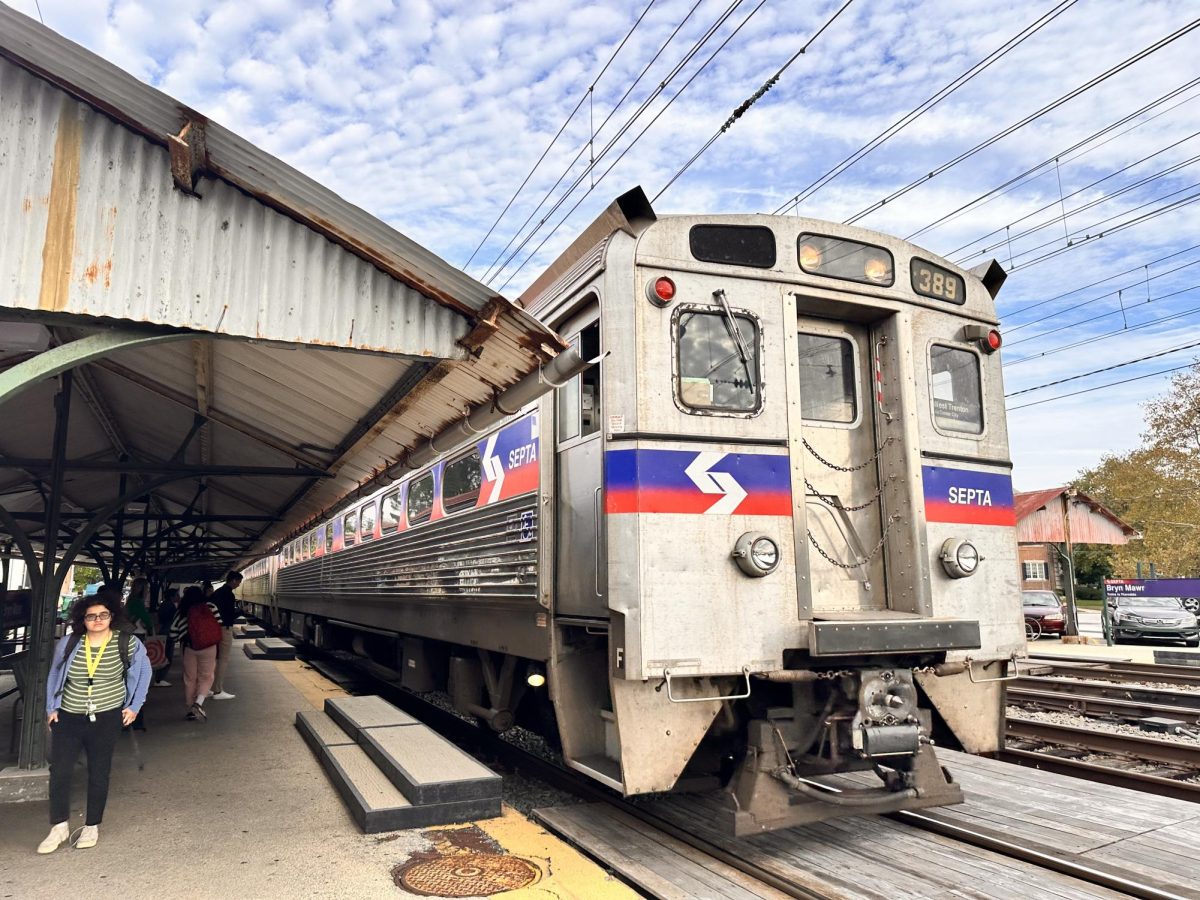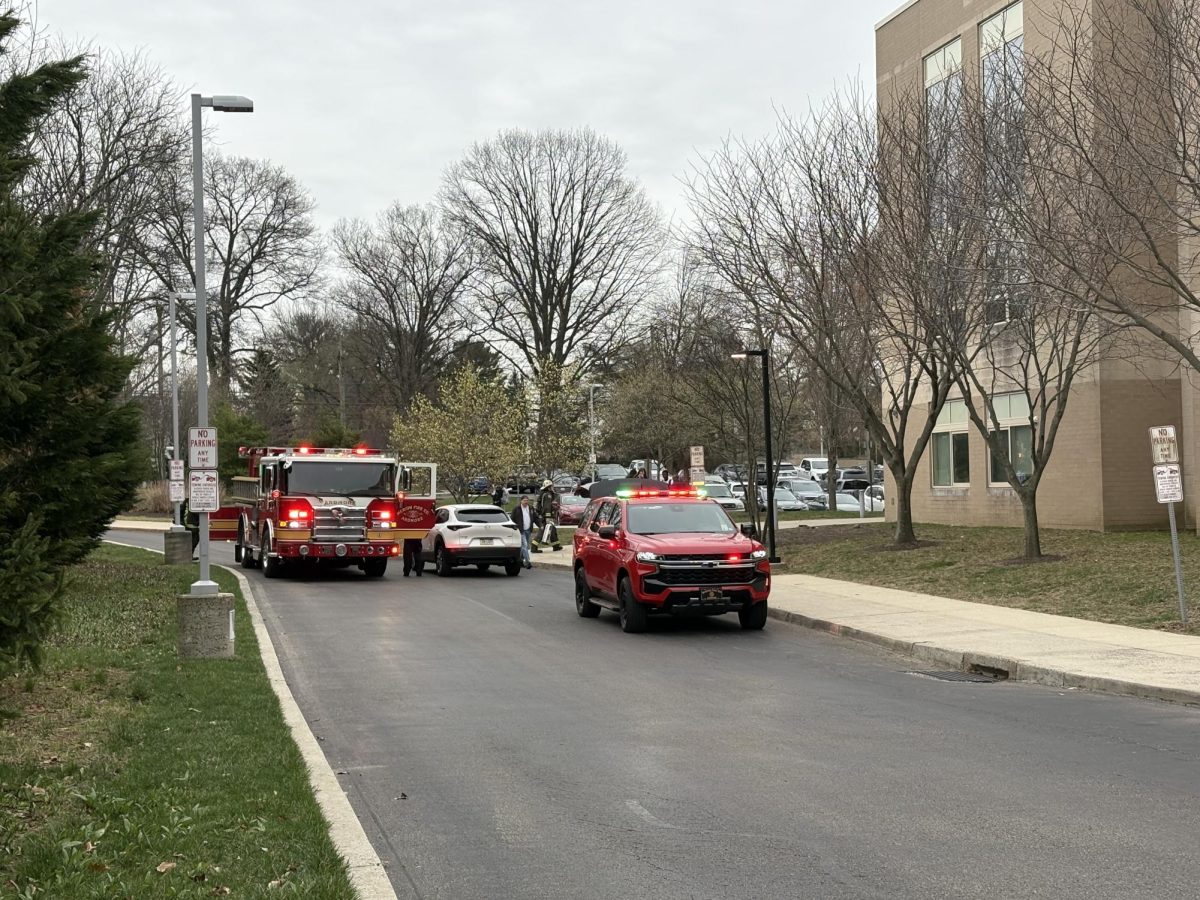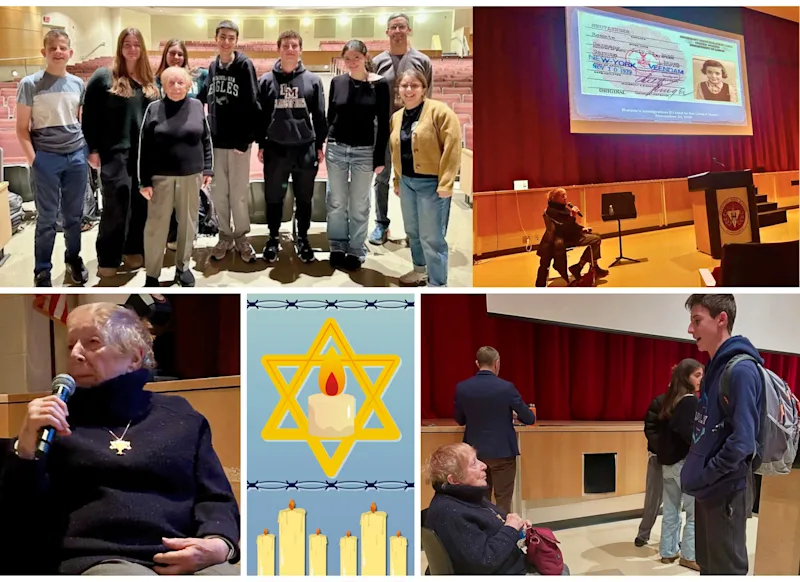As the US election season approaches, the number of political ads everywhere increases—especially in a swing state like Pennsylvania—whether in person, on social media, or on television. At a certain point, the average American begins to glaze over the more and more common view. On Monday, October 28, however, LM hosted a guest speaker within the LGI, reminding LM students not to take political adverts for granted. Andi Johnson is a local to Montgomery county and a veteran media strategist, one of the first women in her field. Johnson has previously worked with prominent names, ranging from Senator Amy Klobuchar to former President Barack Obama. With more than forty years of experience—and hundreds of
political ads—she has established her established expertise within her work.Johnson’s talk emphasized creating designs based on marketing tactics, and was structured by presenting a series of political advertisements. Most of those ads focused on candidates in Pennsylvania, and many were created by Johnson herself. Writing and production of political campaign ads were Andi Johnson’s areas of expertise. Each advert she displayed came with her commentary on multiple aspects of ad creation and publishing.
Some ads were for Former Pennsylvanian Governor Tom Wolf, some for Philadelphia Mayor Cherelle Parker, but there were several factors that were similar—if not identical—throughout all. “The typical ad,” Johnson describes, “is around thirty seconds” and takes millions of dollars to put on air. Not only have ads gotten more expensive, they have also become increasingly incessant. Johnson describes the change, observing that “We used to be designing around four to five ads per campaign. This year, we’ve made more than eighty.”
Who is the “we” that Johnson describes? Though her employment has changed throughout the years, Johnson currently works in a Super PAC, or political action committee, which is independent and can take unlimited contributions. During her talk, Johnson described the limitations of Super PACs, specifically that they can’t directly communicate with a party. Instead these committees work through websites and indirect instructions. Even within this increasingly cutthroat campaign culture that is the United States election season, getting ads approved is still an arduous process, full of rules and regulations—first going through a DC firm, and then compelling each news station to actually air each one. Ads through Super PACS must be especially careful not to use rhetoric that could cost them approval.
“I think that was one of the most interesting topics within the talk,” remarked attendee Rona Shalish ’25. “[Was] the introspection into how political parties -communicate with each other. Ms. Johnson did a really great job explaining this concept, which I, and I feel like a lot of students, weren’t really aware of.”
The second part of the presentation took the form of a question and answer session, where the numerous student attendees displayed their attentiveness by asking Johnson questions. Suzi Pugliese ’26, who attended the talk and participated in the Q&A, later commented, “It was really eye-opening to see how much money is poured into these advertisements and Johnson also did a great job explaining the more difficult aspects of the field, which I found really impressive.” While some students believed the presentation to be too long or misleading in description, many agreed that the lecture was eye-opening on a process relevant to the current election. Christine Dolente, US Government teacher and organizer of the event, emphasized its importance, explaining, “Part of the [government] unit is looking at ads and being able to navigate where they stem from. Johnson was able to highlight some of the interesting pieces of campaign finance. We wanted to give an opportunity to have students see who actually creates them and how it works, rais[ing] awareness of what ads entail, how they’re created, and who’s really behind them, especially focused in understanding the process.” Johnson helped informed students of something that, as Dolente commented, is significant “for the health of democracy, [so] voters understand sources and their biases,
especially in election season with multiple student voters.”






